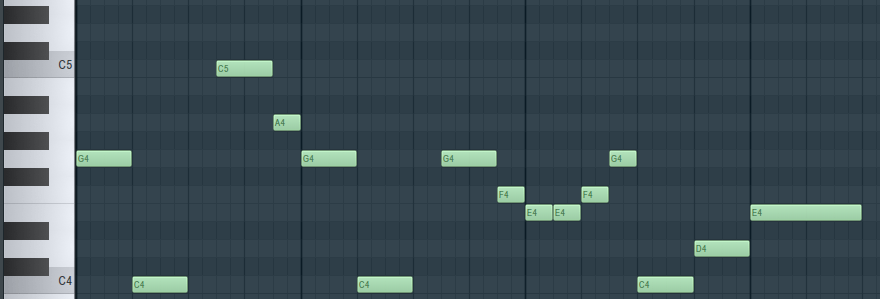
Part 4: Identifying Key
Learning how to put your rip into key is a significant challenge for a lot of first-time rippers. There are two things that will help you with this: a grasp of music theory, and your intuition. If you don’t have the former, you might be able to get by relying on the latter. As you do more rips and gain experience, you will develop both, and this will become easier. If you’re just starting out, don’t be afraid to ask for help; nobody is expecting you to be a master at this from the beginning. If you know anyone in the ripping community, or any actual musicians, any of them will be able to help you.
For those of you who you lack any knowledge of music theory and are relying solely on your gut, the only thing I can suggest is this: try simply humming your new melody over the backing. If you have good intuition, you're probably in the right key, so identify the notes you're humming and put them in as is. Even if you know some music theory, you should still trust your instincts. They might be able to identify the key more quickly and easily than all the analysis in the world.
If you have some basic knowledge of music theory, and you know a little bit about key, chords, and scales, read on to learn more about identifying key.
The first step is to identify the key of the base track and each of the new melodies. If they're the exact same key, you're good, but most likely they will not be. In this case, you will need to transpose the key. Suppose your base track is in C and your new melody is in D. In order to transpose from D to C, you need to lower each note by two semitones (or raise by ten).


In addition to being in different keys, your two songs may also use different scales. You may also have to transpose from the major scale to the minor scale, or vice versa. To transpose from major to minor, you will need to lower the third, sixth, and seventh notes in the scale by one semitone. So, suppose you want to transpose from A major to A minor. The A major scale is A B C# D E F# G# A. The A minor scale is A B C D E F G A. So, the third note, C#, the sixth note, F#, and the seventh note, G#, need to be reduced in pitch by one semitone, to C, F, and G respectively. For minor to major, do the reverse: raise the third, sixth, and seventh by one semitone.


For accidentals (out-of-scale notes), you have to make a judgment call about how to handle them when transposing key on a case-by-case basis.
You may encounter some complications when trying to make your melodies fit the key and scale of the base track. If the melody doesn't neatly stay within its scale, and has lots of accidentals, transposing it to a different scale might be challenging, and you may have to get creative with it to produce a nice-sounding and recognizable result. Second, songs may change key, change scale, mix scales, or have out-of-scale chords, and you need to watch out for all of those things. Third, there are more scales than just your standard major (also known as Ionian) and standard minor (also known as Aeolian)—I've encountered songs that use harmonic minor, Mixolydian, Dorian, Lydian, blues, chromatic, and other scales. So long as you can identify the key and the scale you're transposing to and from, the basic idea is to map the first note of the source scale onto the first note of the target scale, the second onto the second, and so on. Of course, this doesn't work if your scales don't have the same number of notes. Most scales have seven notes, but not all of them.
Here are some of the strategies I've developed over a year of doing this:
One way is to simply look up sheet music. If it exists, there's a good chance the key signature will tell you the correct key. Note that the sheet music might not actually be in the same key as your other source, so don't just say "oh ok this is in G major"; look at the actual notes and determine which note in the melody is the key. If you can't find sheet music, sometimes a MIDI will contain the key signature, but this isn’t common enough to rely on, in my experience.
If you look at the notes used, you might be able to identify the key that way. For example, if you've got a melody that hits A, B, C, D, E, F, and G, it's probably C major or A minor… or G Mixolydian, or D Dorian, or... et cetera. This method isn't reliable but it can help sometimes. Things that complicate this method include accidentals, key changes, scale changes, out-of-key chords, and unusual scales.
Sometimes the melody makes the key obvious. Melodic phrases often (not always) start on the note that is the key, and often (not always) end on the note that is the key.
Another way to identify key is by learning to recognize the unique “character” each note has. The key and the fifth (seven semitones up from the key) are pleasant, harmonic, and sound like places of rest, but can also be a bit boring. Most melodies (not all) will frequently hit the key and the fifth. The minor third (three semitones up from the key) feels distinctly sad, and is usually absent in a major key song. The tritone (six semitones up from the key) has a very unique character, usually described as feeling very suspenseful and unstable, and many songs avoid using the tritone entirely. The major seventh (eleven up, or one down, from the root) feels unstable and leads very strongly upward to the root. This characteristic is so powerful it will often be used even in the natural minor, where it is an accidental. The other notes have their own character as well, and with time you will learn to recognize each.
The chord progression will also often indicate the key. Sections often (not always) start on the I chord, and will often (not always) end on a IV or ii followed by a V, which leads to the I at the start of the next section. (Analogously in a minor key, sections will often start on i, and end on iv or ii° followed by a v, leading into a new section starting on i.) If you can’t identify chords by ear, you can sometimes identify the chords by looking at the piano roll if you’ve imported a MIDI. The bassline will also often follow, and therefore indicate, the chord progression.